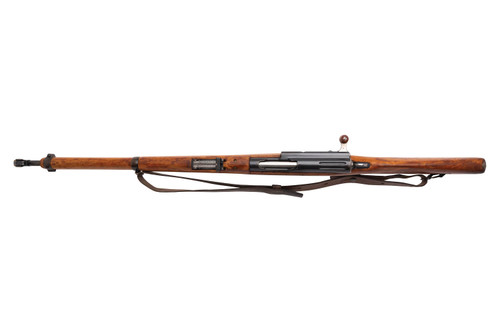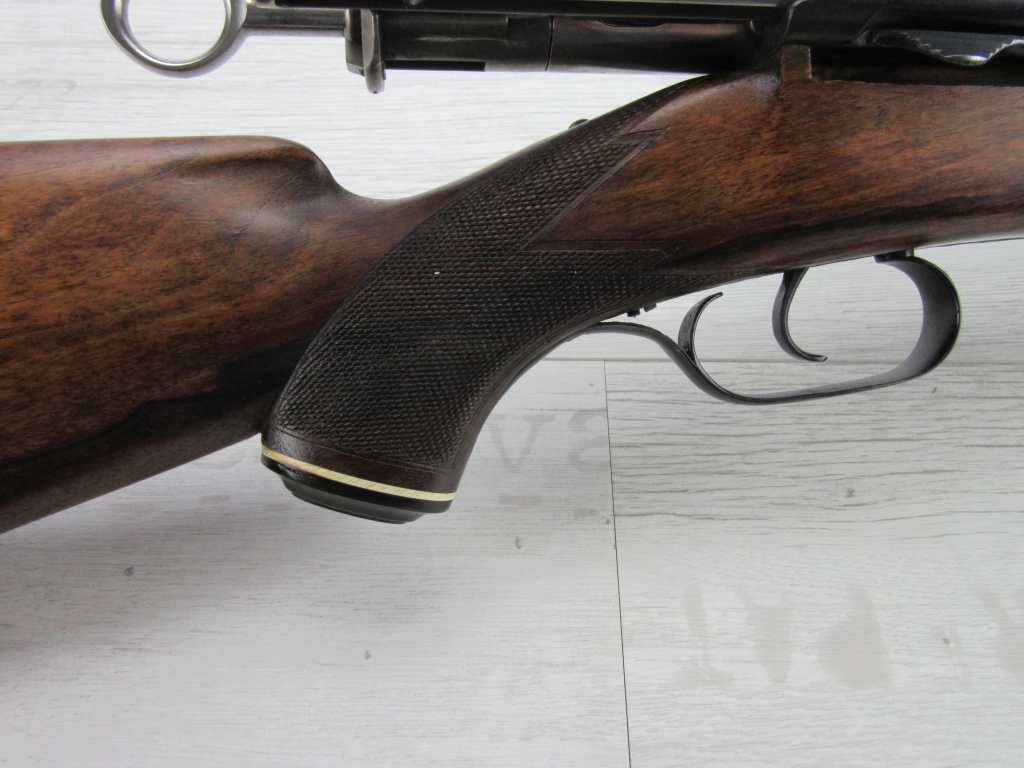
with these rifles, as the muzzle diameter was specified such that existing M1863 bayonets could be used.īoth the M1863/67 Milbank-Amsler conversion and M1867 Peabody rifles were an interim measure to acquire breechloading cartridge rifles while completing development of the Vetterli repeating rifle.ĭesignated Stichbajonett Mod. No bayonet was supplied by Providence Tool Co. of Providence, Rhode Island, based on a design patented by inventor Henry O. Research published in 2019 by Edward Hull in his book, Peabody Firearms, expanded on his earlier published work regarding bayonets used with the Peabody rifles.ġ5,000 Peabody rifles were purchased in 1867 from the Providence Tool Co. Vetterli M1871 Infantry and M1871 Stutzer (sharpshooter) repeating rifles. This bayonet could also be used with the 10.4 mm. rimfire M1863/67 Milbank-Amsler conversion M1867 Peabody and, M1869 Vetterli rifles. M1863 Infanteriegewehr (infantry rifle) and the 10.4 mm. Socket bayonet for use with the muzzle loading 10.4 mm. projectile was considered to have the finest ballistics of any contemporary muzzle loading rifle. These were precision rifles with heavy round barrels, adjustable long-range sights, and double set triggers. The Swiss Federal Rifle was a percussion muzzle loading sharpshooter's rifle ( Stutzer). The bluing on this example is surprisingly intact, but has turned to patina. Variations with a wing screw or knurled locking screw are also encountered. M1851 Federal Rifle Designated Stichbajonett zu Feldstutzer 1851 (Stick Bayonet for Sharpshooter 1851).Įssentially, a socket bayonet without a socket, this bayonet mounts to the rifle by means of a dovetailed mortise. How does grading work? Is this safe to fire? See our Frequently Asked Questions.Triangular bayonet for use with the 10.4 mm. See our How To Order page for instructions. Magazine plate and trigger guard has lightly worn finish and light pitting.įFL is required for delivery. Front barrel band has lightly worn finish. Mild pressure marks before the front barrel band. Handguard has a light gouge on the right side at the rear.

Heavy pressure marks before the rear barrel band. On the underside of the stock there are heavy pressure marks on the butt.

On the left side of the stock there are mild pressure marks around the finger groove and a scratch above the finger groove. Mild pressure mark above the finger groove, extending onto the handguard. On the right side of the stock there are mild pressure marks between the bolt release lever and the finger groove.

Swiss K11 Carbine, produced in 1921, in very good condition with 90% finish.


 0 kommentar(er)
0 kommentar(er)
